Termites are often called “silent destroyers” for good reason. They can live, breed, and eat through wooden structures for months or even years before you realize there’s a problem. But how long do termites actually live?
Their lifespan varies depending on the species, colony role, and environmental conditions. Understanding their life expectancy can help you gauge the potential threat and timing of an infestation.
This complete guide breaks down how long termites live, what factors influence their lifespan, and how professional treatment can stop their life cycle before serious damage occurs.
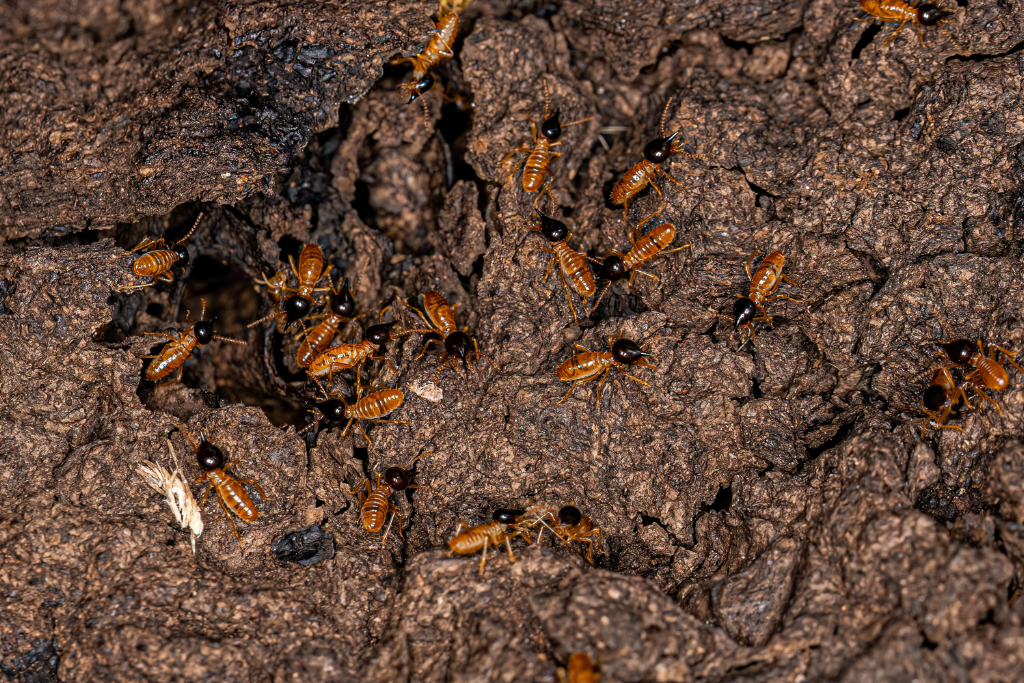
Termite Life Cycle: From Egg to Adult
The life cycle of a termite begins with an egg and progresses through several stages before adulthood. Each stage serves a unique role in maintaining the colony’s structure and efficiency. Termites live in highly organized colonies with a clear division of labor; workers, soldiers, and reproductives all play a crucial role in maintaining the colony's survival. Here are the stages of termites in their life cycle:
1. Egg Stage - Every termite colony begins with eggs laid by the queen. These eggs are tiny, oval, and translucent. After about 30 days, they hatch into larvae. The queen can lay hundreds or even thousands of eggs per day, ensuring a steady population within the colony.
2. Larva Stage - Once hatched, larvae are cared for by worker termites. Over time, they molt and grow into one of three castes: workers, soldiers, or reproductives. Environmental factors like temperature and food availability can affect how quickly they mature.
3. Nymph Stage - Nymphs are young termites that resemble small adults. Some will eventually grow wings and become swarmers, responsible for starting new colonies. Others remain wingless and serve within the original nest.
4. Adult Stage - The adult termites take on specific duties based on their caste:
- Workers: Maintain the colony, gather food, and care for young.
- Soldiers: Defend against ants and other threats.
- Reproductives (Kings and Queens): Mate and expand the colony.
Each role affects lifespan significantly.
Spot the signs before it’s too late - learn how to tell if termites have made your home theirs!
How Long Do Different Termite Castes Live?
The lifespan of a termite varies widely depending on its role in the colony. Workers and soldiers focus on maintaining and defending the nest, living relatively short lives of 1–2 years. Reproductive termites, especially queens, can live for decades, ensuring the colony’s continuity. Swarmers, on the other hand, have brief lifespans outside the nest but play a crucial role in starting new colonies.
1. Worker Termites
Workers make up the majority of the colony. They constantly tunnel, feed, and maintain the nest.
- Lifespan: About 1 to 2 years.
- Environmental Impact: Moisture and temperature directly affect survival. Drier conditions can shorten their lifespan.
2. Soldier Termites
Soldiers have one job: protect the colony. They have large jaws and rely on workers to feed them since they can’t eat on their own.
- Lifespan: Around 1 to 2 years, similar to workers.
- Defense Duty: Their survival depends on how long the colony itself remains stable.
3. Reproductive Termites (King and Queen)
The reproductives live the longest and are essential for colony growth.
- Termite Queen Lifespan: A queen termite can live up to 25 years in ideal conditions, laying eggs throughout her life.
- King Lifespan: The king usually lives alongside the queen, often 10–20 years.
These lifespans make termite infestations particularly difficult to eliminate without professional treatment.
Don’t wait - Find Out: What Does a Queen Termite Looks Like and How to Stop Her Colony Growth?
4. Swarmers (Alates)
Swarmers are winged termites that leave the main colony to start new ones.
- Lifespan: Swarmers live for just a few weeks once they leave the nest. If they successfully mate and find shelter, they can start a new colony as a king and queen.
- Purpose: Reproduction and expansion, not long-term survival.
Protect your investment by understanding what termite swarmers are and how they affect your property.
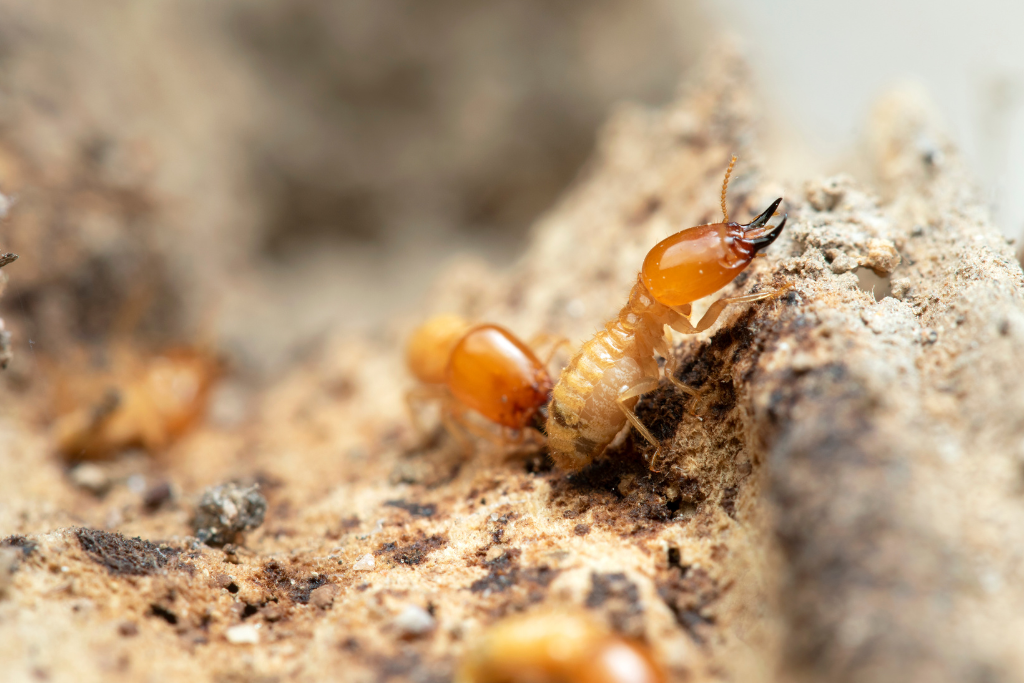
Factors That Affect Termite Lifespan
1. Temperature and Moisture - Termites thrive in warm, humid conditions. Extreme temperatures, too hot or too cold, can shorten their lives. In areas like Southern California, the mild climate helps termites survive year-round.
2. Food Source Availability - Termites feed primarily on cellulose, found in wood, paper, and plants. The more abundant the food source, the longer they can sustain their colonies.
3. Predators and Competition - Ants, spiders, and certain beetles are natural predators of termites. When colonies face repeated attacks, their overall survival drops.
4. Human Intervention - The biggest threat to termite lifespan comes from termite control treatments. Professional services can stop colonies before they reach maturity or reproduction.
Must-Read Articles:
When are termites most active?
Top Questions to Ask Your Termite Inspector
Home Insurance vs Termite Warranties: Which Protects You More?
How to Break the Termite Life Cycle
- Early Detection: Regular inspections help identify colonies before they mature.
- Targeted Treatments: Liquid termiticides and localized applications kill workers and soldiers, starving the colony.
- Moisture Control: Fix leaks and improve ventilation, as damp conditions help termites survive longer.
- Wood Repair: Replacing damaged wood removes both food and shelter sources.
Professional termite services combine these steps to eliminate colonies and prevent regrowth.

Long-Term Protection and Expert Help from K Termite
Termites may live for decades, but your home shouldn’t be part of their lifespan. K Termite focuses on stopping these silent invaders before they have a chance to settle in. Our proven methods protect homes from long-term damage and prevent colonies from returning.
We offer free termite inspections to accurately identify termite activity and use multiple treatment options to eliminate them from every corner of your property. Our in-house carpentry team also repairs any structural damage caused by termites, ensuring your home is both restored and protected.
Every service is backed by strong warranties and our termite protection policy, designed to keep your home secure well into the future.
We don’t rely on shortcuts or temporary fixes. Instead, we use methods that eliminate colonies at the source, making sure they never get the chance to rebuild or extend their lifespan beneath your home.
If you suspect termite activity, contact K Termite today to schedule your inspection and secure long-lasting protection for your property.
Why Termite Lifespan Matters for Homeowners
- Continuous Damage: Worker termites feed 24/7. Even a small colony can consume significant wood over a year.
- Rapid Colony Growth: With queens laying thousands of eggs annually, a small termite problem can multiply fast.
- Hidden Infestations: Because termites live deep inside wood or underground, they can survive unnoticed for years.
If you spot signs like mud tubes, hollow-sounding wood, or discarded wings, it’s likely the colony has been active for quite some time.
Termites may be small, but their longevity makes them a serious threat to any structure. While workers live a year or two, queens can reign for decades, continuously expanding the colony. The best way to stop them is early detection and professional intervention.
K Termite offers the experience, tools, and commitment to keep your home protected for the long term. Don’t wait until damage becomes visible. Schedule your free inspection today and keep your property safe from these long-lived invaders.
FAQs
Q1: Do all termite species have the same lifespan?
No. Subterranean, drywood, and dampwood termites have different lifespans depending on climate and living conditions.
Q2: How many termites are in a colony?
A typical termite colony can contain thousands to hundreds of thousands of termites. Large, well-established colonies may even exceed one million members, including workers, soldiers, and reproductives. The queen continuously lays eggs, ensuring the colony maintains its population and continues to grow over time.
Q3: Will termites go away on their own?
No, termites will not go away on their own. Once a colony is established, termites continuously feed and reproduce, causing ongoing damage. The only effective way to eliminate termites is through professional inspection and treatment, which targets the entire colony and prevents future infestations.

.png)

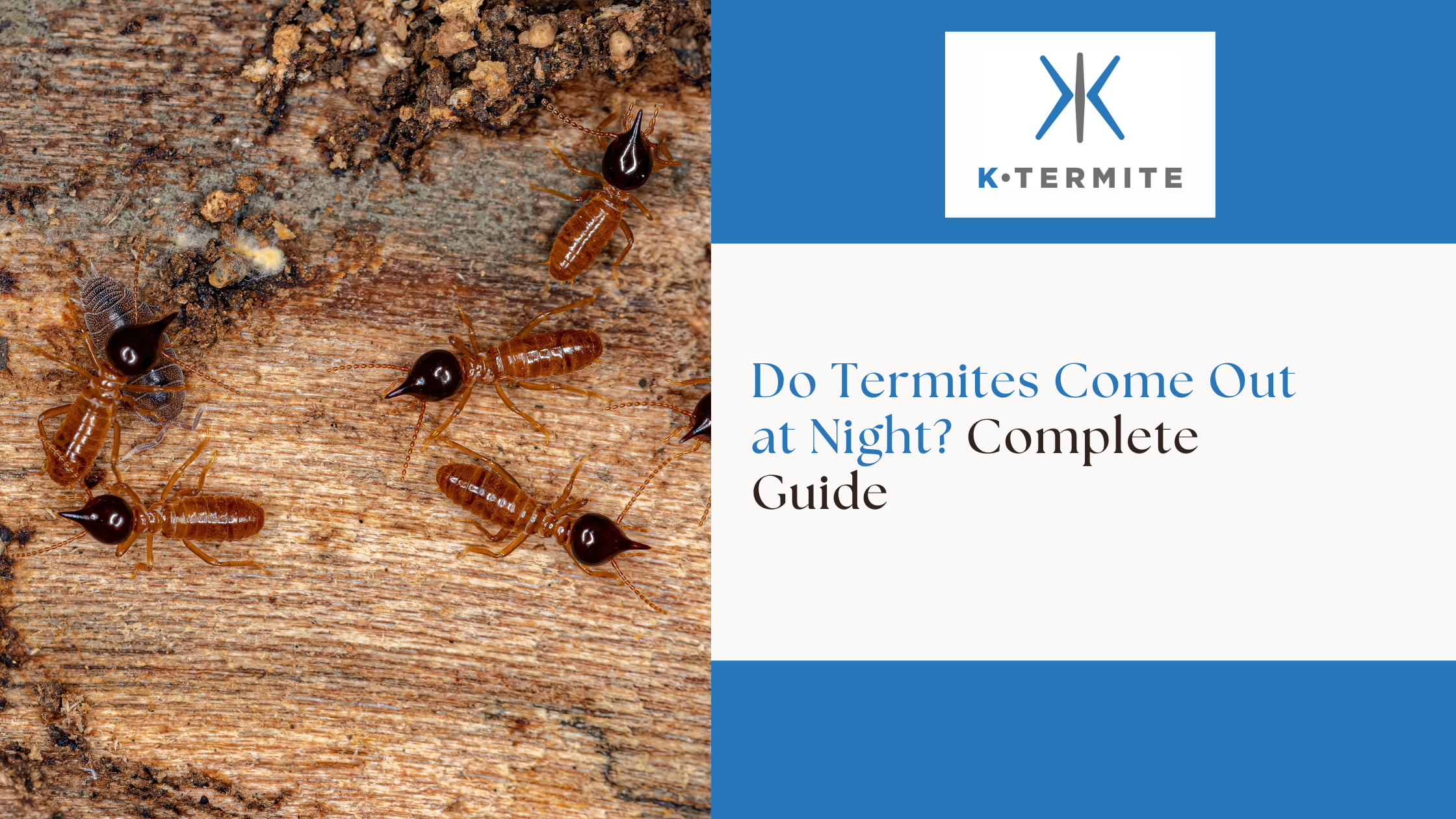

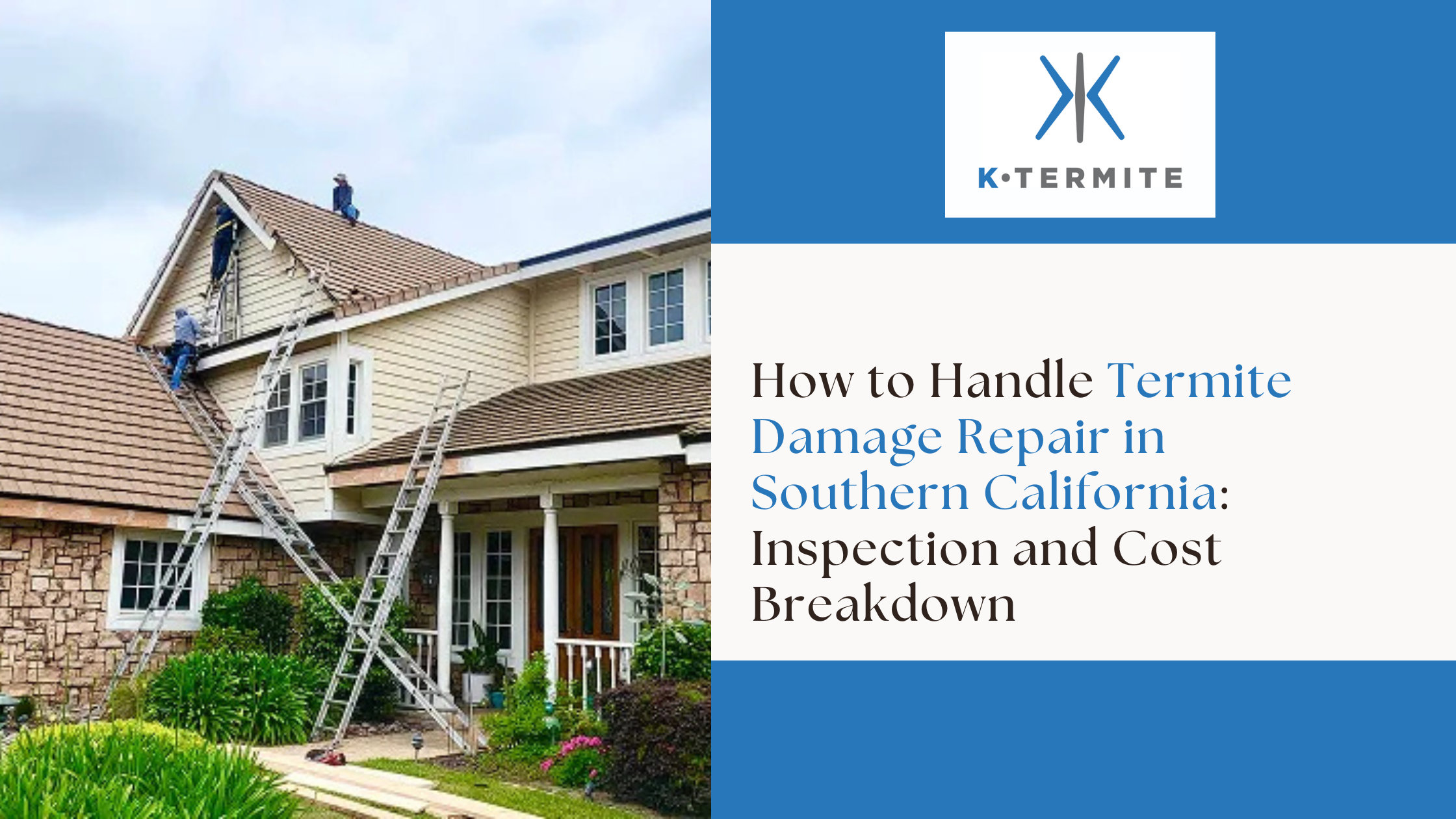

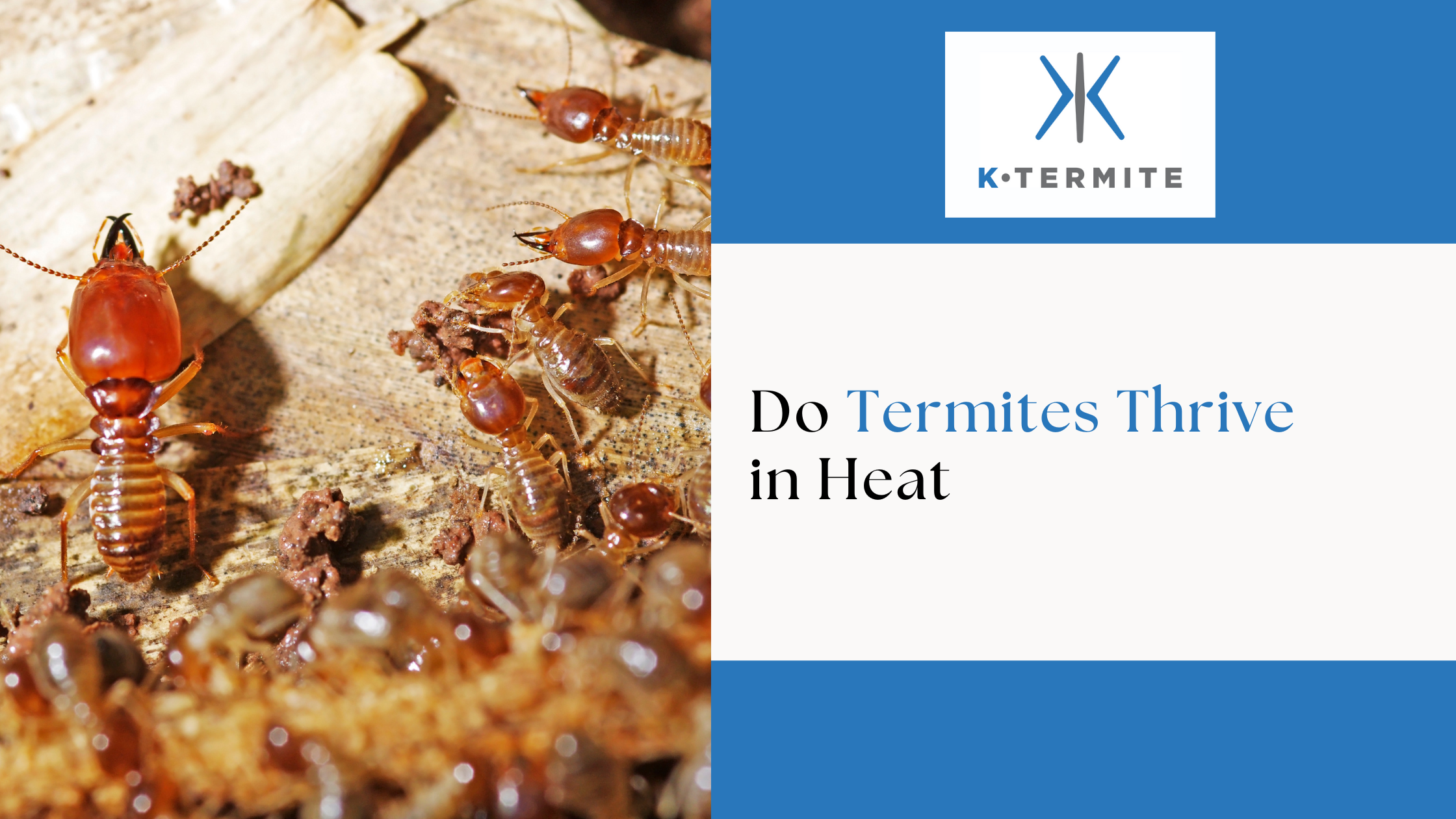

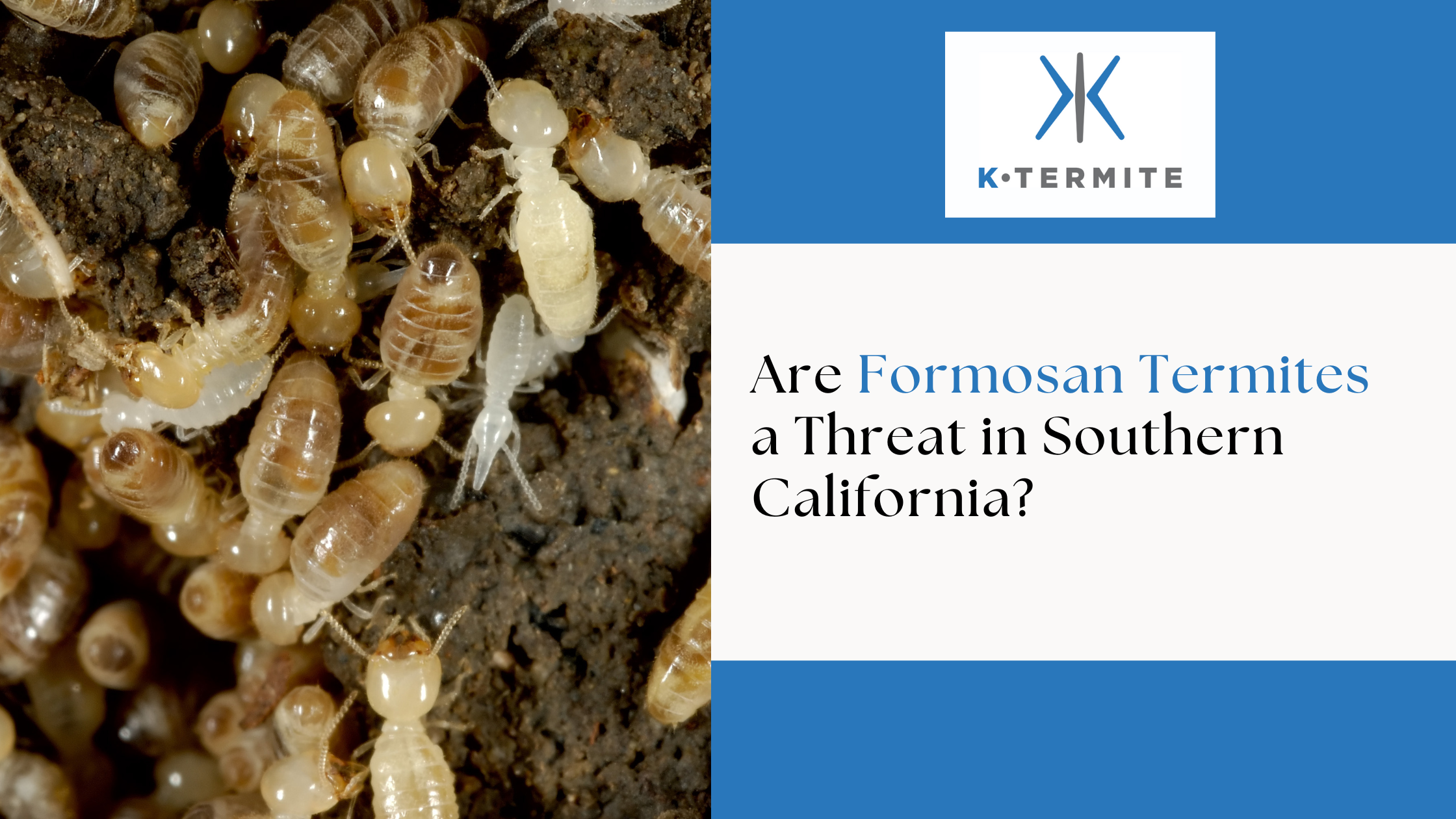

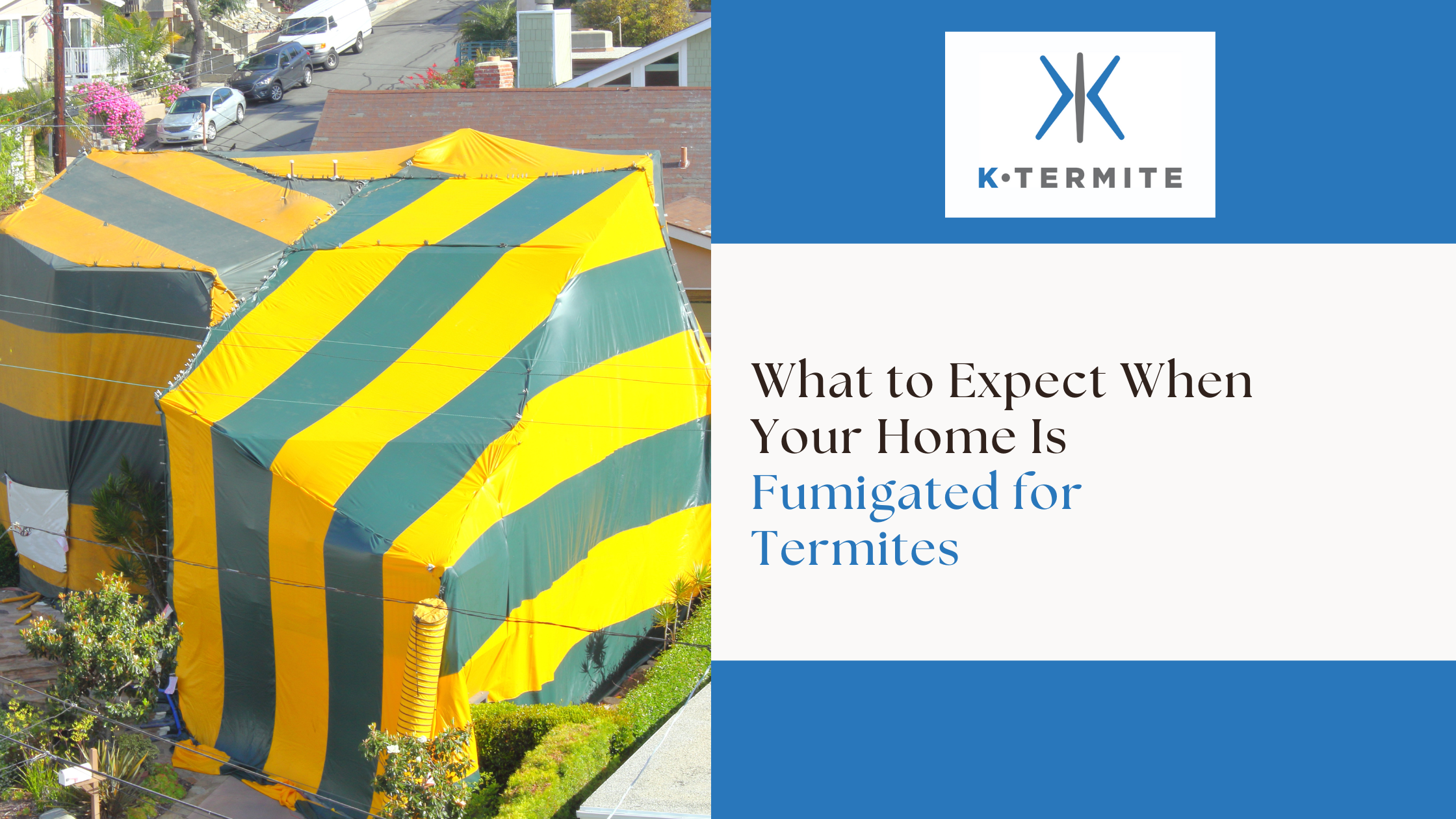


.png)
.png)
.png)
.png)
.png)
.png)
.png)


.png)
.png)


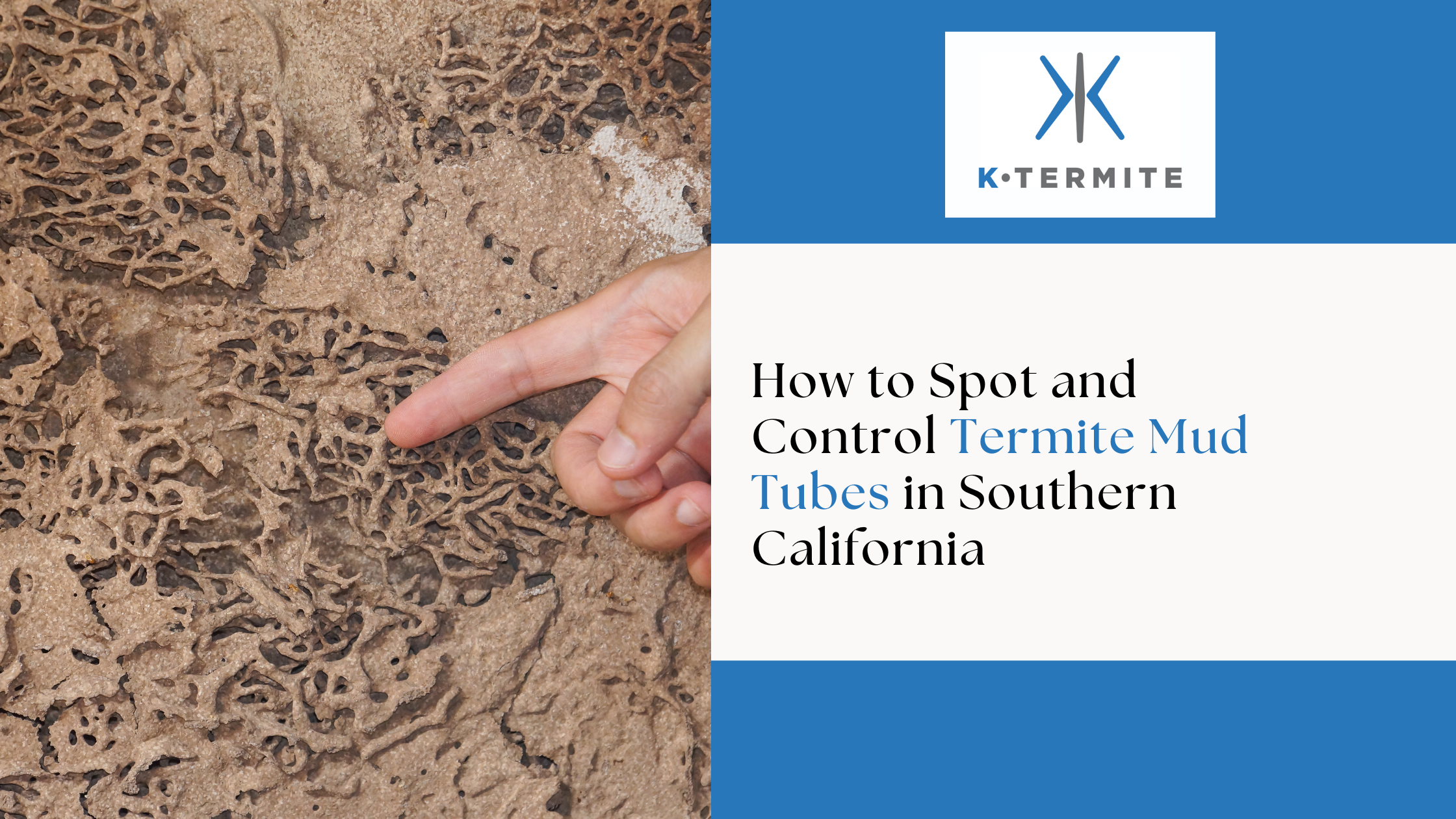


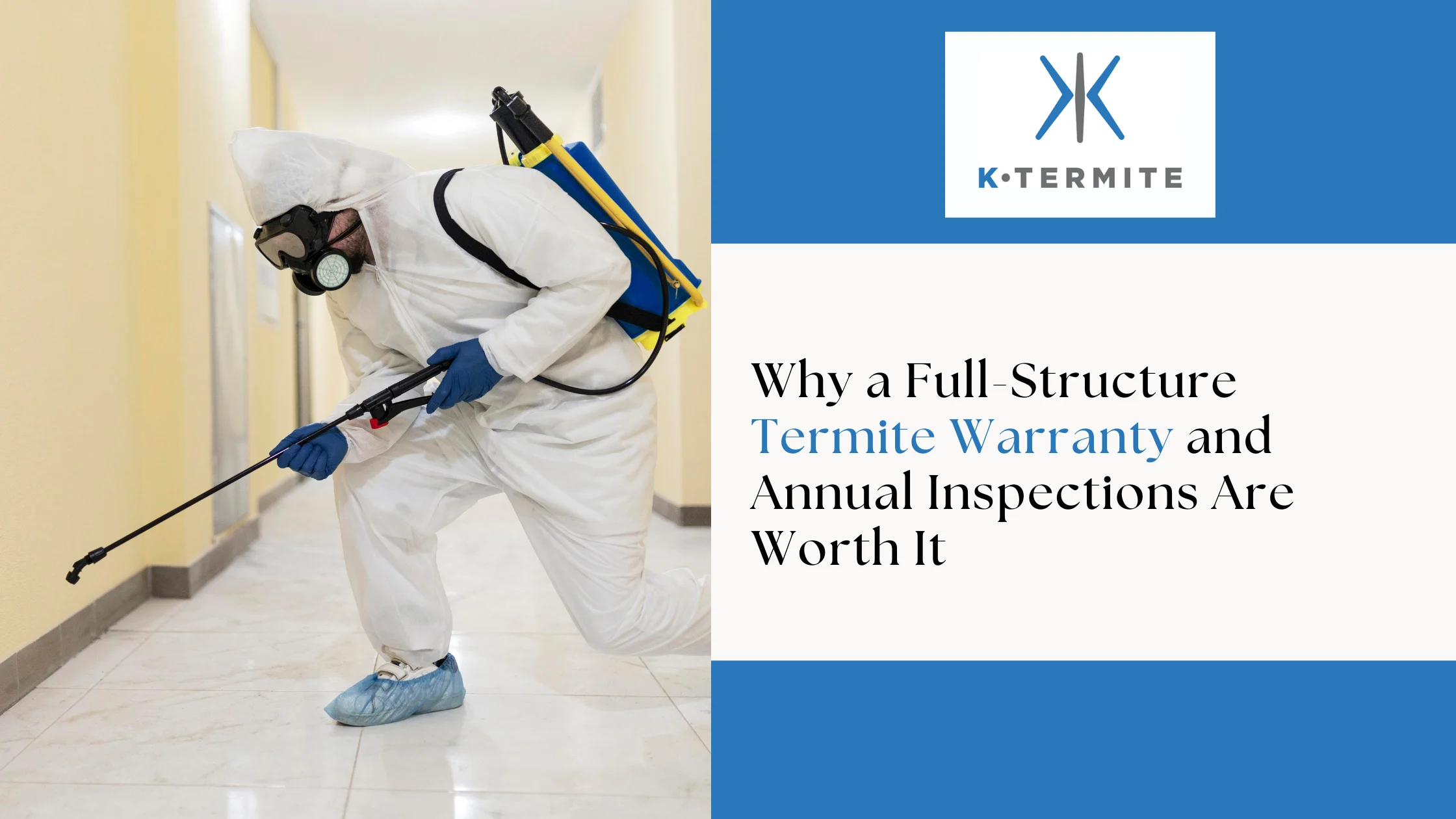
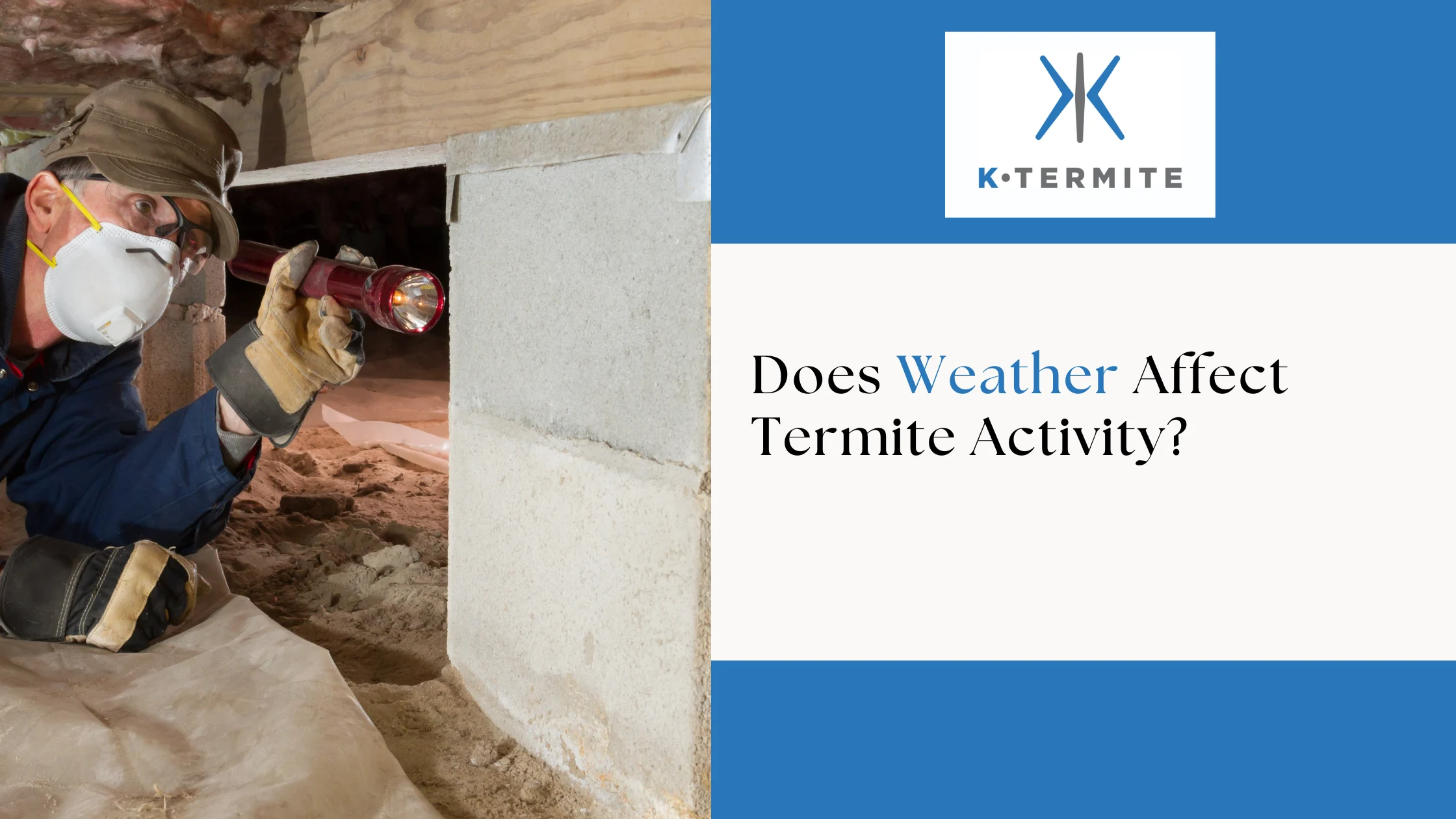
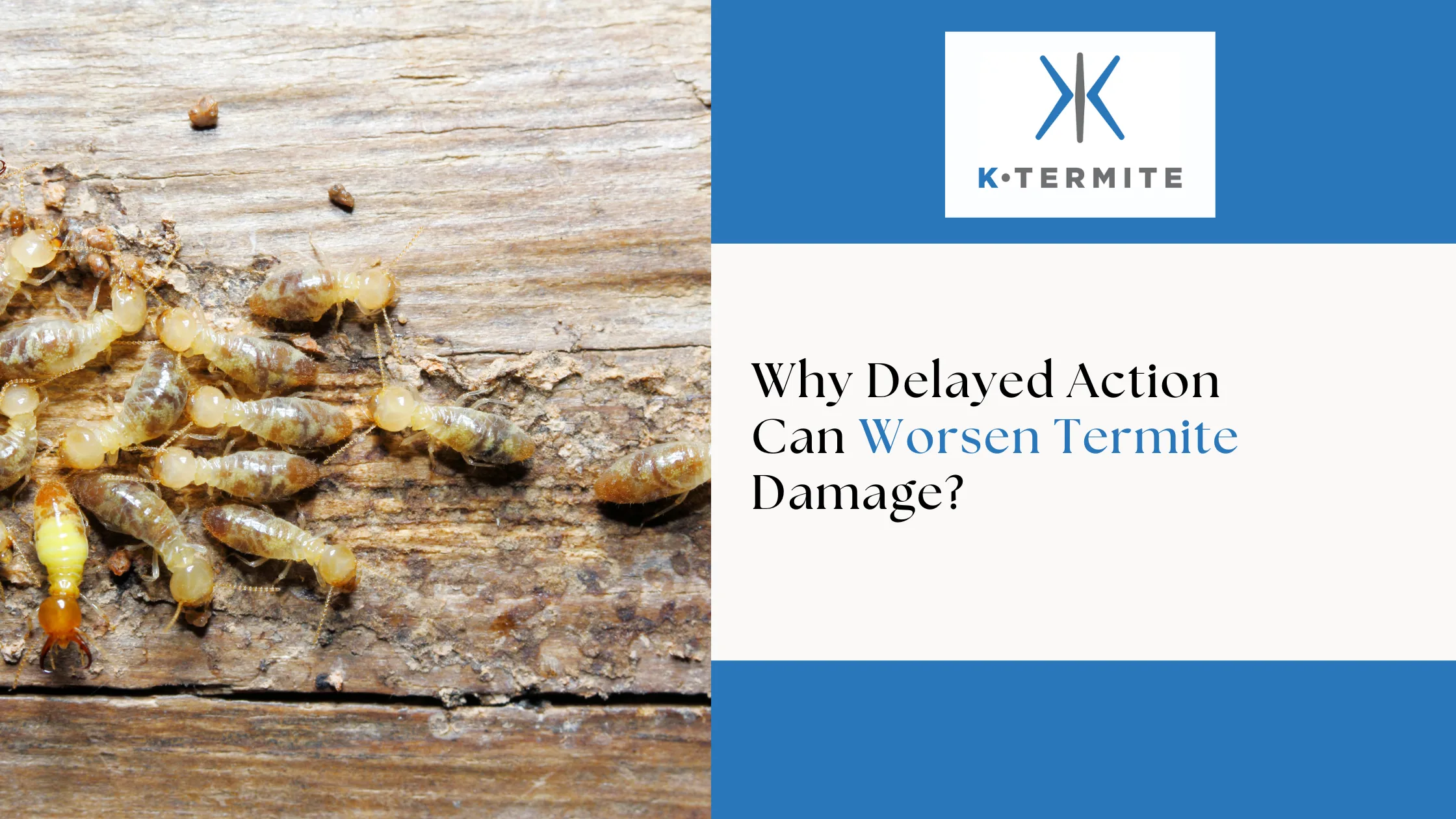

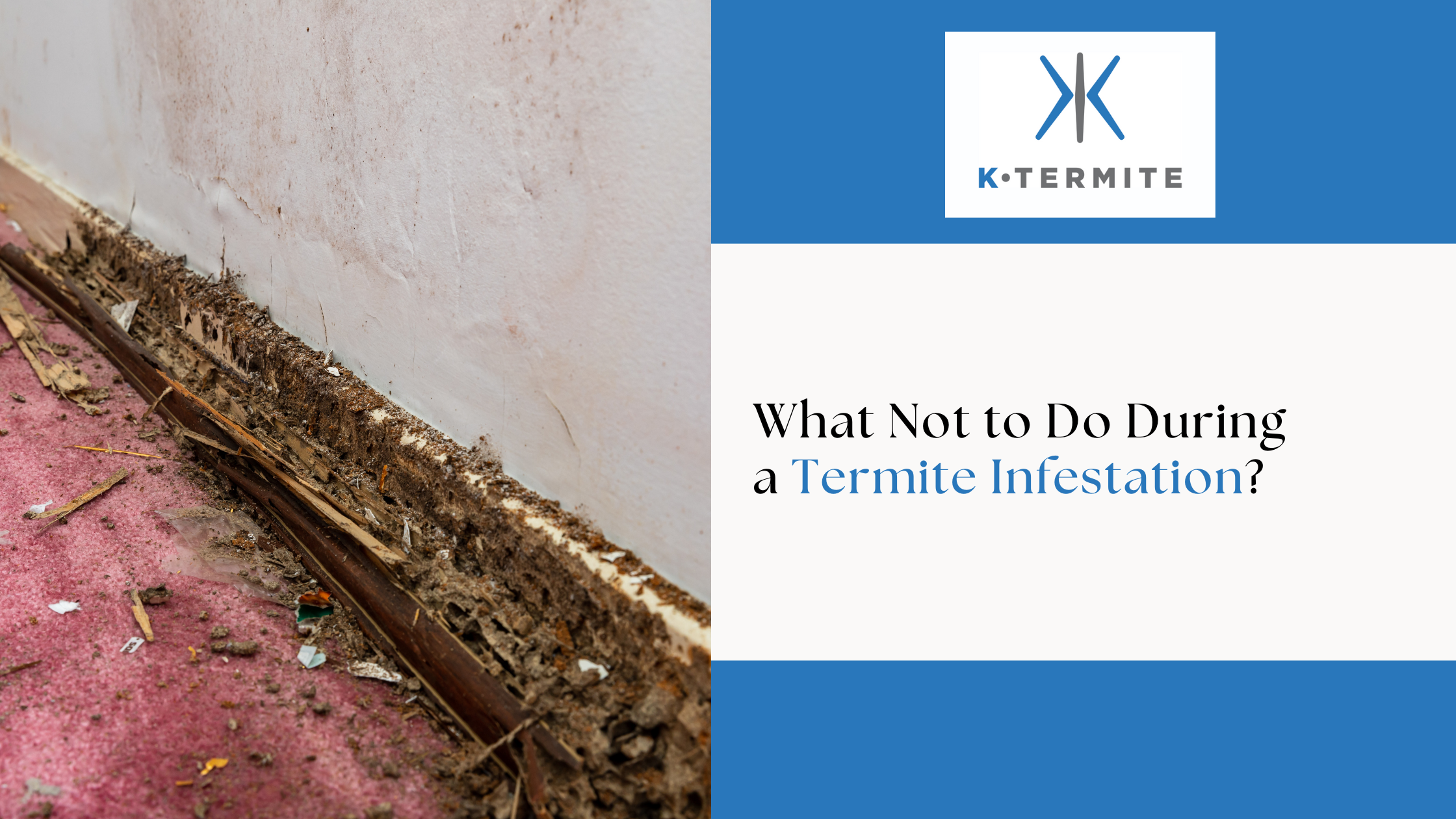

.png)
.png)

.png)
.jpg)
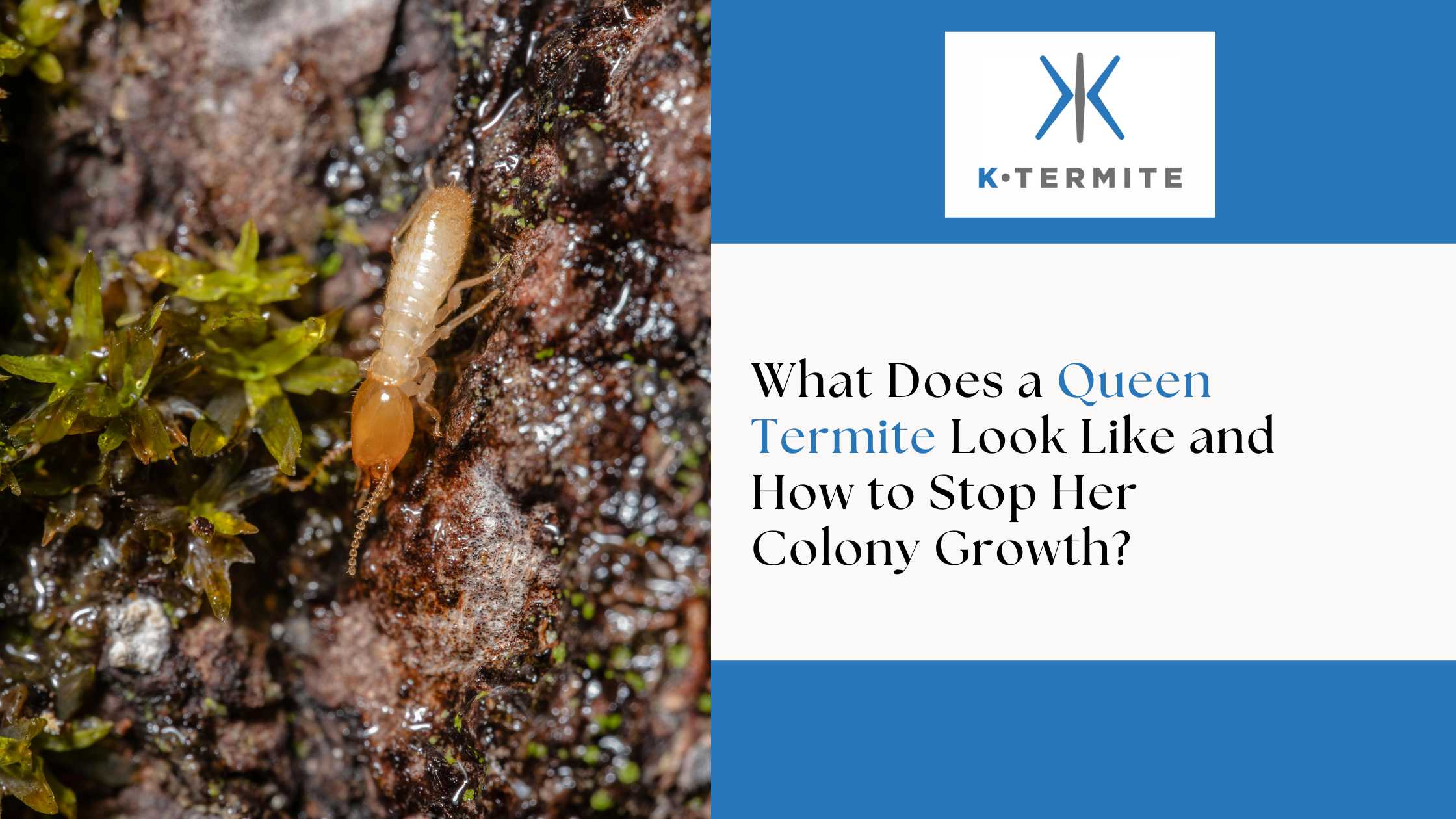

.webp)
.webp)


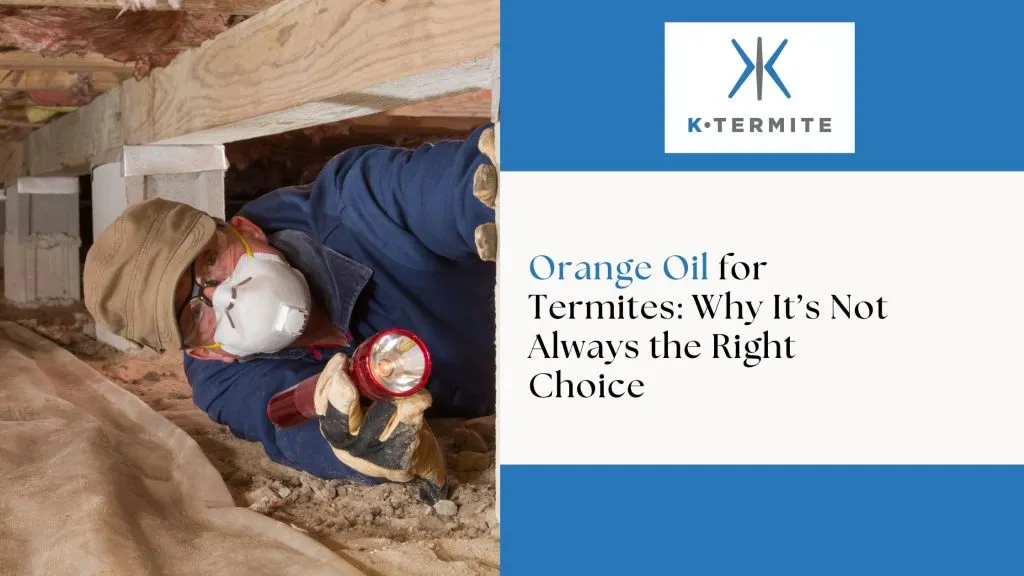

.webp)
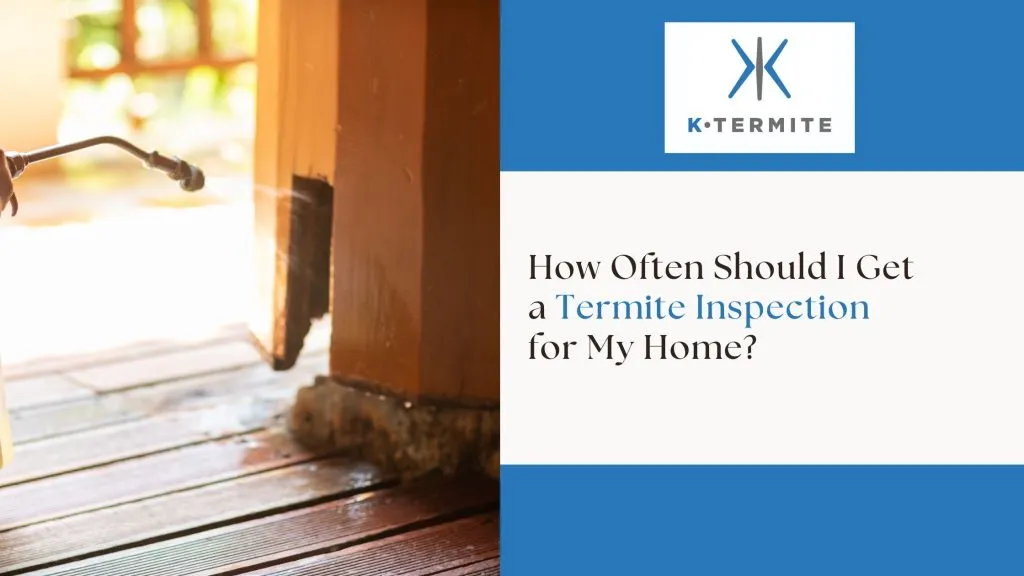

.svg)

